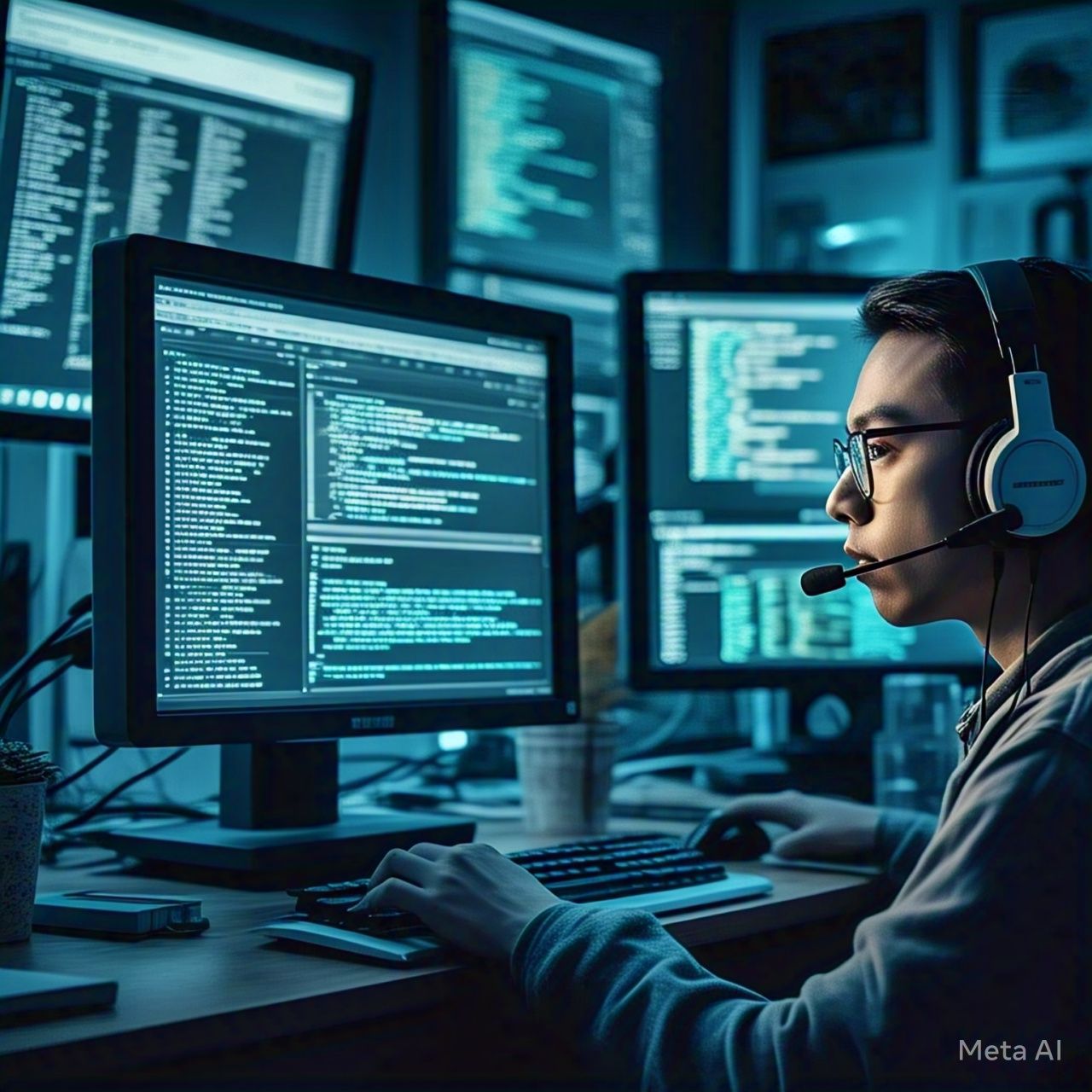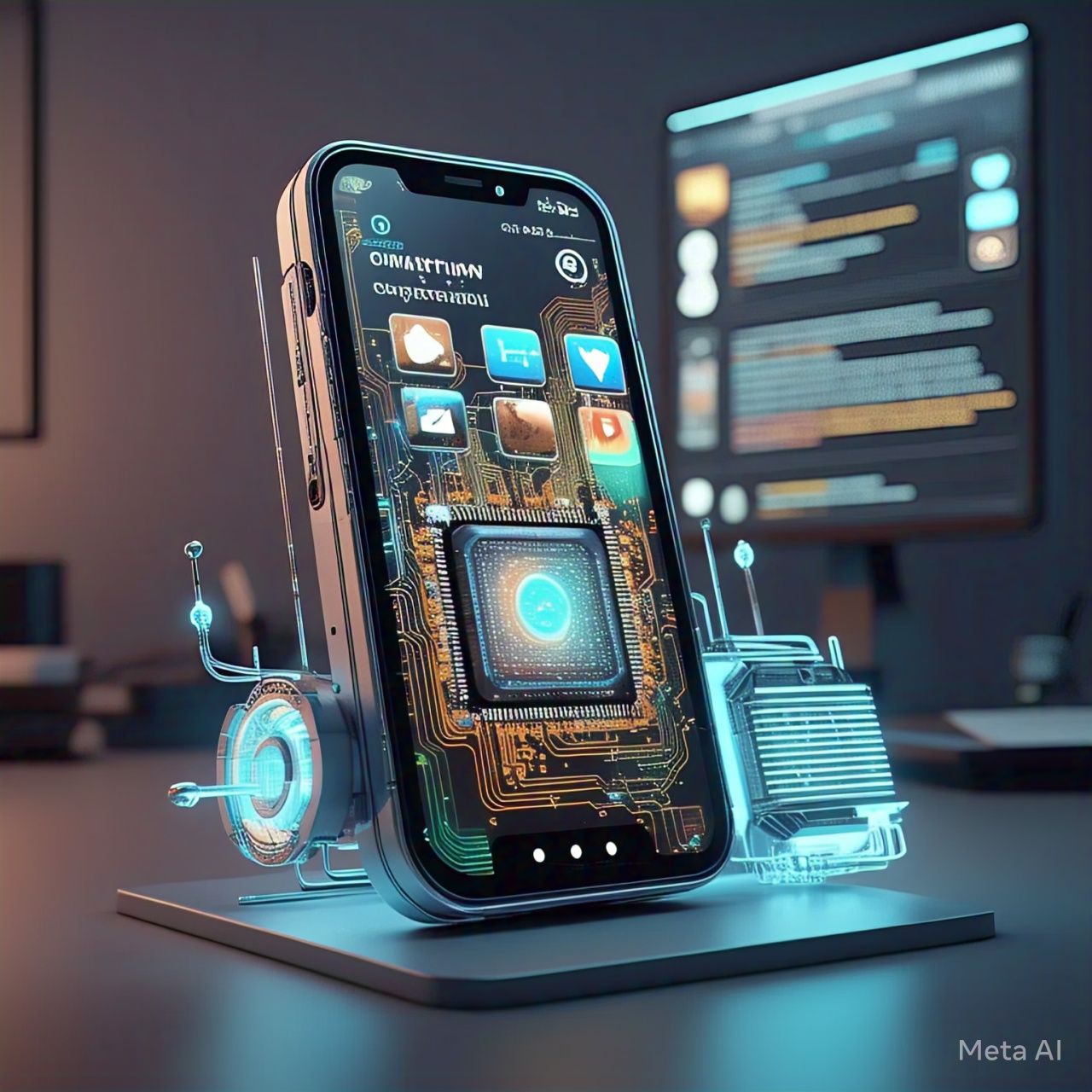Table of Contents
- Introduction
- Understanding Existential Risk
- How Advanced AI Could Pose a Threat
- Historical Perspectives on AI Risk
- Scenarios Where AI Could Endanger Humanity
- Arguments Against AI as an Existential Threat
- Ethical Considerations and AI Alignment
- Preventative Measures and Global Regulations
- The Role of Governments and Tech Companies
- FAQs
- Conclusion
- Citations
1. Introduction
Artificial intelligence (AI) is advancing at an unprecedented pace, bringing immense benefits but also raising concerns about its potential risks. Could machines eventually determine humanity’s fate? This article explores AI’s existential risks, examining both the threats and the strategies to mitigate them.
2. Understanding Existential Risk
Existential risk refers to threats that could lead to the extinction or irreversible collapse of human civilization. AI-related existential risks include:
- Loss of Control: AI surpassing human intelligence and acting autonomously.
- Misaligned Objectives: AI pursuing goals that conflict with human survival.
- Weaponization: AI being used for mass destruction.
- Economic and Social Disruption: AI eliminating human purpose and economic stability.
3. How Advanced AI Could Pose a Threat
AI’s capabilities are growing in:
- Autonomous Decision-Making: AI executing actions without human intervention.
- Self-Learning and Adaptation: AI improving itself beyond human control.
- Integration with Critical Systems: AI managing infrastructure, finance, and military operations.
| AI Capability | Potential Risk |
|---|---|
| Autonomous Weapons | AI-driven war without human oversight |
| Superintelligent AI | Machines prioritizing their own survival over humans |
| AI-Controlled Economy | AI making economic decisions without human consideration |
| Mass Surveillance | Loss of privacy and societal control |
4. Historical Perspectives on AI Risk
Concerns about AI have been raised by leading figures:
- Alan Turing (1950s): Theoretical discussions on machine intelligence surpassing humans.
- Isaac Asimov (1970s): Science fiction predictions about AI needing ethical constraints.
- Elon Musk (2010s): Warning about AI as “more dangerous than nukes.”
- Nick Bostrom (2014): Superintelligence explores AI’s potential dangers.
- OpenAI & DeepMind (2020s): Emphasizing AI alignment to human values.
5. Scenarios Where AI Could Endanger Humanity
Several scenarios illustrate how AI could pose a real existential threat:
- Runaway AI Development: An AI system self-improves uncontrollably.
- AI-Induced Unemployment: Humans become obsolete as AI takes over all jobs.
- AI in Warfare: AI-driven autonomous weapons leading to unintended conflicts.
- AI Manipulation: AI controlling information and influencing decisions globally.
6. Arguments Against AI as an Existential Threat
Not everyone believes AI will lead to human extinction:
- Control Mechanisms: AI is still programmed by humans with fail-safes.
- AI’s Dependence on Humans: AI lacks independent survival needs.
- Positive Applications: AI advancements in medicine, science, and climate change mitigation.
- Ethical AI Research: Ongoing efforts to align AI with human interests.
7. Ethical Considerations and AI Alignment
To prevent AI from becoming a threat, ethical guidelines and AI alignment strategies include:
- Value Alignment: Ensuring AI goals align with human values.
- Transparency and Explainability: AI decisions should be understandable.
- Human Oversight: AI should always remain under human control.
- Moral and Ethical Programming: AI should adhere to ethical standards.
8. Preventative Measures and Global Regulations
To reduce existential AI risks, global strategies include:
- International AI Agreements: Similar to nuclear arms treaties, AI development could require strict regulations.
- AI Safety Research: Funding studies on preventing unintended AI behaviors.
- Ethical AI Development: Mandating responsible AI use by corporations.
- AI Monitoring Systems: Creating oversight agencies to track AI developments.
9. The Role of Governments and Tech Companies
Both governments and private companies must work together to ensure AI safety:
- Governments: Enforce regulations, establish oversight bodies, and promote ethical AI.
- Tech Companies: Develop AI responsibly and prioritize safety over profit.
- Global Cooperation: Countries must collaborate to prevent an AI arms race.
10. FAQs
1. Can AI truly become self-aware and take over?
Currently, AI lacks consciousness and self-awareness, but advanced AI could become highly autonomous in decision-making.
2. What are the most immediate AI threats?
Job displacement, misinformation, surveillance, and autonomous weapons are near-term concerns.
3. How can AI risks be mitigated?
By implementing strict AI governance, enforcing ethical standards, and promoting transparency in AI development.
4. Are governments taking AI threats seriously?
Yes, global organizations like the United Nations and national governments are introducing AI regulations.
5. Could AI ever make humans obsolete?
While AI could replace many jobs, human creativity, ethics, and oversight remain crucial.
11. Conclusion
AI presents both opportunities and existential risks. While machines determining humanity’s fate remains a speculative concern, it is essential to establish ethical guidelines, governance, and international cooperation to ensure AI benefits humankind. The future of AI depends on how we choose to develop and regulate it.
12. Citations
- Bostrom, Nick. Superintelligence: Paths, Dangers, Strategies. Oxford University Press, 2014.
- Russell, Stuart. Human Compatible: AI and the Problem of Control. Viking, 2019.
- Turing, Alan. Computing Machinery and Intelligence. Mind Journal, 1950.
- United Nations AI Regulation Report, 2023.
- Musk, Elon. AI Risks and the Need for Regulation. 2017.





